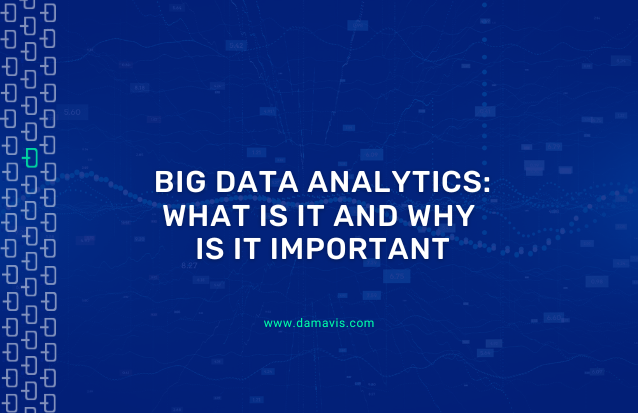Big Data analytics can be defined as the process by which large volumes of data are examined in order to find hidden patterns, correlations, market trends, customer behaviours, etc. in them.
The aim is to obtain information that can help companies to understand what has happened or what is happening in order to make strategic decisions that are as accurate as possible.
Differences between Business Intelligence and Business Analytics
Business Intelligence (BI) and Business Analytics (BA) are two concepts that seem almost identical but have substantial differences in terms of the type of data analysis that is performed and the objective pursued.
Broadly speaking, we could say that BA provides advanced analytics and often uses BI as a basis for making projections and answering complex questions.
However, we will analyze each of the two concepts separately to know their differences and to see in which cases they are used within the company.
What is Business Intelligence?
First of all, it is necessary to distinguish the time at which events occur, that is, whether they are current events or predictions for the future. In this sense, BI is focused on the analysis of current and past events and its mission is to make it easier for the company to develop strategies for its current context.
On the other hand, we must take into account the way in which data is used for further analysis. Business intelligence is designed to show what has happened or is happening and to indicate the reasons or the context. It is thus considered a descriptive analysis.
The third point to note would be the end user to whom the analysis is directed. BI techniques and tools are designed so that all departments of the company can be able to understand the information and metrics at a glance in order to make business decisions.
In addition, in Business Intelligence, data is organized in dashboards or reports that are easy to read and interpret by the users where the main KPI’s of the company can be seen.
Before defining a business strategy, a good practice for the organization would be to implement a data collection, storage and structuring plan with the objective of having a firm control of the data that allows, later, to apply BI for the analysis of the data.
We can consider BI as the basis of BA in this sense. The data collected in the business intelligence process can be used by analysts to perform predictive analysis.
What is Business Analytics?
While BI focuses on current and past events, the goal of Business Analytics is to analyse data to discover what is most likely to happen in the future. Both practices use the same data, the difference is only in the “timing”.
Secondly, we must talk about the type of data analysis that is carried out in BA. In this case, we would be dealing with predictive analytics that identifies a series of trends or patterns in the data to predict what will happen based on what has already happened and act according to it.
In terms of the target user of the Business Analytics process, here we would be talking about profiles that need certain technical knowledge to be able to decipher the useful information and interpret it. The most appropriate in this case would be a professional who already has training and certain notions in data analysis.
As we have pointed out in the previous section, BI tools show simple reports that are easy for the user to interpret. But BA goes a step further by seeking to perform statistical analysis to go deeper and learn more about trends and determine why things happen.

Conclusion
Both Business Intelligence tools and Business Analytics allow organisations to analyse information to guide business decisions. Depending on whether these decisions will affect the current or future context, one process or the other will be used.
Although BI tools offer increasingly better results, figures such as analysts and data engineers are needed to carry out the processes behind predictive analytics.
So, a good strategy would be to start with a BI system and then incorporate BA to have a complete view of everything that happens within the organization.
So much for our post of the day. If you found it interesting, we encourage you to visit the Data Analytics category to see more articles like this one and to visit our website to learn more about the BI and data visualization tools we develop at Damavis.

